Pubblicato il 12 Aprile 2025
Nomadic life in Mongolia, a cultural reportage
di Leonardo Porcelloni
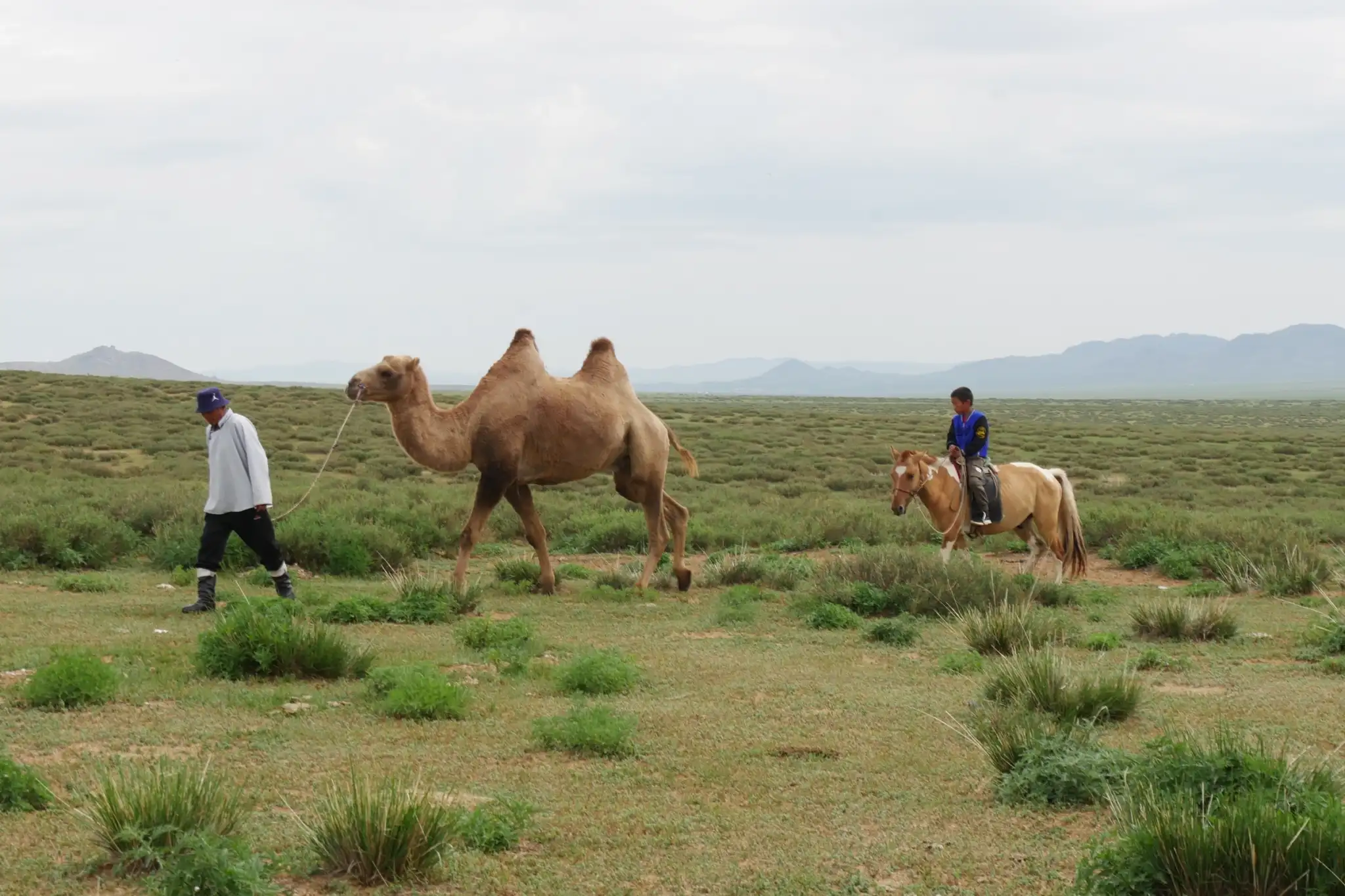
The first encounter with Mongolia and nomadic culture was at dawn, right after landing, exploring the informal gher outskirts of Ulaanbaatar. “Gher” (гэр) is the word for Mongolia’s traditional yurts, which are designed to be dismantled and transported with the seasonal changes that accompany nomadic life. In the Mongolian steppes, stables have never been used: rather than altering the animals’ habits, people have chosen to adapt to their needs, following them in their seasonal migrations. This unique lifestyle is based on a profound respect for nature and a philosophy of zero waste.
Many current residents of the gher district are former nomadic herders who were forced to leave the steppes due to desertification and harsh winters, which result in particularly severe natural phenomena known as dzud. Notably, in 2010, a dzud killed about 8.5 million animals, including cattle, sheep, and yaks. Many herders lack adequate facilities to protect their livestock from these extreme conditions. Although Mongolians are historically accustomed to enduring cold winters, recent dzud events, with temperatures dropping to -50°C, have created a true emergency, not only climatic but also economic.
As a result, thousands of herders, deprived of their livelihood, left the steppe for the capital. Here, they constructed small enclosures (khashaa) and set up gher or brick houses with sheet metal roofs. These informal settlements are growing rapidly, and during winter, residents burn raw coal, rubber, and even plastic to stay warm. This phenomenon of internal migration from countryside to city is endangering the survival of nomadic traditions.
In contrast, Mongolia is better known as a relatively unexplored travel destination renowned for its semi-natural landscapes and deeply rooted nomadic culture. With one of the lowest population densities in the world, the vast Mongolian-Manchurian grasslands, deserts, as well as the many mountains, rivers, and lakes attract primarily nature-oriented tourism. Since the collapse of the Soviet Union, tourism in Mongolia has grown significantly, and there is also a rising interest in the cultural heritage linked to traditional nomadic life. Many travelers seek experiences that allow them to live the “authenticity” of traditional Mongolian life.
In this context, the national campaign “Go Mongolia” under the slogan “MonGOlia, Always Moving” plays a crucial role in promoting the country. Supported by the World Bank, the Mongolian government has launched a new national brand concept aimed at boosting foreign investment in Mongolia’s export sector and revitalizing tourism. The campaign emphasizes the authenticity of traditional Mongolian life and encourages travelers to interact with local communities, promoting sustainable tourism practices.
Consequently, local communities often offer accommodation in their gher, allowing visitors to experience pastoral life up close, often with opportunities for horse or camel trekking. This form of tourism is undoubtedly a significant source of income for many families, who thereby integrate pastoral activities with tourism.
Currently, such activities seem primarily concentrated near the capital, such as in Gorkhi-Terelj National Park, or in other areas of interest like the Elsen Tasarkhai dunes. These locations provide opportunities to observe tourism dynamics, largely catering to Asian visitors (South Koreans, Japanese, and Chinese), though they are less linked to nomadic traditions.
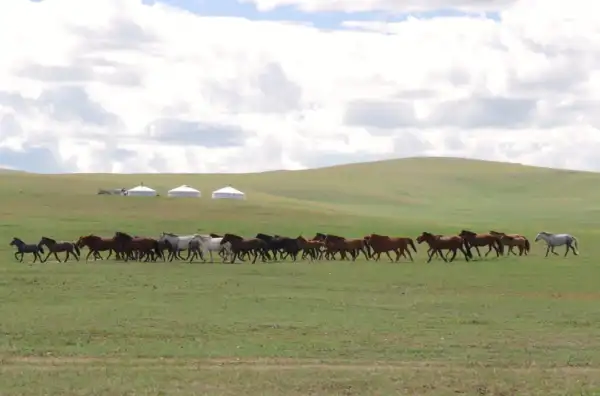
About a six-hour bus ride from the capital brings you to Kharkhorin, a settlement steeped in the myth of Chinggis Khaan’s historic capital. After an hour on a paved road by car, you enter the vast green expanse stretching as far as the eye can see. Sometimes, you follow tracks left by other vehicles; other times, you continue freely through fields kept low by the continuous grazing of animals. After traveling for miles and passing small encampments, halfway there, we stop by a gher to ask for directions to the family hosting us.
We are welcomed with the typical bowl of fresh mare’s milk (saamal airag). After drinking, the bowl is passed around to other guests, and with each sip, it is refilled to the brim with a ladle. Along with the milk, we are offered small pieces of mare’s cheese, called aaruul, a snack made from boiled and dried yogurt, often displayed inside the gher to always be ready.
Inside the gher hangs a cowhide sack called khokhuur, used to ferment mare’s milk. The milk must be repeatedly stirred with a wooden pestle, the buluur, 3,000 to 5,000 times in one or two days to ensure even fermentation. This process is used to make airag, a mildly alcoholic beverage known as “chemisi” in Marco Polo’s The Travels of Marco Polo, which can even replace meals during hot periods, thanks to its cleansing properties, especially after heavy meat consumption in winter.
At the center of the gher is the typical stove with a chimney extending to the tent’s top and then outside. In front of the stove is a supply of fuel, made of dried cow dung (argal), ready to be used. After refreshing ourselves and helping stir the airag, we continue our journey. We cross a stream, with a few jolts, and pass by a group of camels grazing freely.
When we arrive at the camp, we are greeted by three gher set on a plain sloping down towards the stream, along with a solar panel, a pickup truck, a motorcycle, and a fenced herd of horses. A rope stretched between two posts, called zel, is used for tying the horses. Outside, a young girl is stirring milk while her younger brother watches and plays. Two guard dogs approach curiously, and the family’s grandmother welcomes us.
As the sun sets and the air cools, the woman lights the stove to prepare dinner. The rice is cooked in milk and carefully stirred. The parents return from grazing and milking; it is time to offer our gifts to thank them for their hospitality. We share shimiin arkhi, a traditional Mongolian milk vodka, humorously known as “tricky water” due to its light taste and clear appearance, but with a high alcohol content. As with other drinks, we use a single bowl that is passed hand to hand among the guests.
The next morning, I notice trays placed above the gher with aaruul drying in the sun. When nomads have an abundance of milk, they produce this cheese once or twice a week. During my stay, I am offered a different dish each day, including buuz, dumplings filled with a cream made of milk, herbs, and onion. The dough, also used to make a noodle-like dish, is prepared from homemade wheat flour and water. As a clear sign of cultural blending, the two children sprinkle ketchup on the dumplings. Truth being told, although Mongolia is a country with a high meat consumption rate, the family has accomodated to my vegetarian diet requests, keeping meat absent from all meals. Indeed, around the campsites, various remains of animal bones are found.
Typically, opposite the entrance, there are small Buddhist altars with prayer wheels and photos of family members. Nowadays, you often find a television there as well. Indeed, nomads are no longer as disconnected from the rest of the world. Globalization has introduced new technologies even among nomadic families: it’s common to see a solar panel supported by a wooden post as part of the nomadic camp’s landscape. The children also handle smartphones, swiftly scrolling through images and sounds from neighboring Asian and Western countries.
At the same time, they maintain their traditional lifestyle. Clearly, there is no running water or bathroom—there’s the stream and the endless fields—nor is there a latrine, which is commonly found in small roadside stops along highways, somewhat like our rest stops. They wear the typical belted tunic, the deel, both for festive days and everyday work, which proves useful against the strong winds of the steppes.
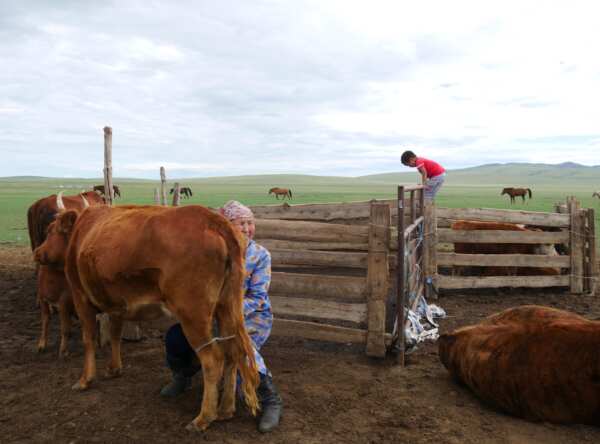
In the morning, I join them for milking cows – not horses, as they are more skittish with strangers. The family’s father invites me onto the motorcycle, crossing fields and bumps to gather sheep and goats. With one hand he drives on and with the other he holds the uurga, a long stick up to 8 meters with a loop at the end to catch livestock. The motorcycle has often replaced the horse, just as pickups have replaced pack animals for moving campsites.
Mongolian nomadism follows four seasonal migrations, driven by the needs of the animals and natural resources, in a cycle that has remained unchanged for generations. For this reason, this phenomenon is not simply wandering through the steppes but follows well-defined routes set by the environment. Each territory is known and respected by neighboring families. In the specific case of the family I’m staying with, I am told that they own plots for their spring and winter lands.
With Enkhmend Sugar’s help for translations, I attempt to map the family’s seasonal movements: with the arrival of autumn in September, they head northeast, about 20 km from where we are; in November, in preparation for the harsh winter, they move 12 km west of the previous location; in March, they venture into the steppes for spring, 33 km southeast; and in June, they move north, just one and a half kilometers from the last site, reaching the current clearing. The short distance is simply to move closer to the stream, thus providing enough variety for grazing. Now, during the school year, the two children live with their grandmother in the nearby center of Kharkhorin so they can attend classes. They return to the nomadic camp in the summer, when their parents also resume their traditional lifestyle.
Before my departure at dawn, I am prepared khailmag, a creamy dish made with milk, flour, and sugar. The children are sleeping, and the parents are getting ready for work. As I head to the car, the grandmother comes out with a bowl of mare’s milk, and as we drive away, I see her through the rear window, tossing it in the air as a blessing for good fortune and a safe journey. This is the tsatsal, a ritual of throwing milk, as well as tea or alcoholic beverages, into the air as an offering to spirits and deities, symbolizing respect and a connection to the spiritual world.
Today, nomadism continues to play a central role in the culture and identity of Mongolia, although modernization, climate, and urbanization challenges are affecting its practice. Mongolian and international institutions, such as the Ministry of Culture, Sports, Tourism, and Youth of Mongolia and the International Institute for the Study of Nomadic Civilizations (IISNC) under the auspices of UNESCO, aim to preserve and enhance this unique heritage, recognizing the importance of nomadism to the country’s social and historical fabric.
The “Nomads” World Cultural Festival, which we attended from August 16-18, 2024, was first organized in 2022 as a national event with the primary goal of preserving, protecting, and promoting Mongolia’s rich heritage. The festival aims to ensure that ancient traditions, rituals, and nomadic practices are passed down to future generations, keeping them relevant in today’s society. This event also serves as a platform to celebrate the guardians of these traditions, promote creativity, and raise public awareness, especially among youth, about their cultural roots.
This year’s festival, set in the steppes dotted with edelweiss and chamomile flowers at the foot of the majestic Taij Khairkhan Mountain, is dedicated to spreading and celebrating nomadic culture in all its forms.
Tsetsegbaatar Chuluunbaatar, the event’s coordinator, explains that the goal is to foster cultural exchange among various nomadic communities worldwide:
“Our goal,” says Tsetsegbaatar, “is to preserve ancestral traditions while also raising awareness about sustainable living, environmental stewardship, and respect for cultural traditions. Through this platform, we want to ensure that younger generations know and understand the richness of their roots, creating a bridge between past and present.”
In 2024, the festival has grown significantly in scope, becoming more unique and innovative in its content, format, and organization. Over 1,000 tradition bearers from Mongolia’s 21 provinces and the capital, along with around 150 participants from 14 foreign countries, gathered in the Nalaih District. Here, they set up their traditional camps, or otog, arranging their personal belongings and offering extraordinary performances of traditional arts. For several days, participants shared valuable experiences and discussed opportunities for cooperation to preserve and promote the values of nomadic civilization. As part of this global cultural festival, a traditional environment was created to engage children, youth, and spectators in about 780 programs, featuring 362 expressions of intangible cultural heritage from seven different regions. The festival ended with great success, providing a space for learning and safeguarding these traditions, thus promoting what one might call a “cultural intellectual immunity.”
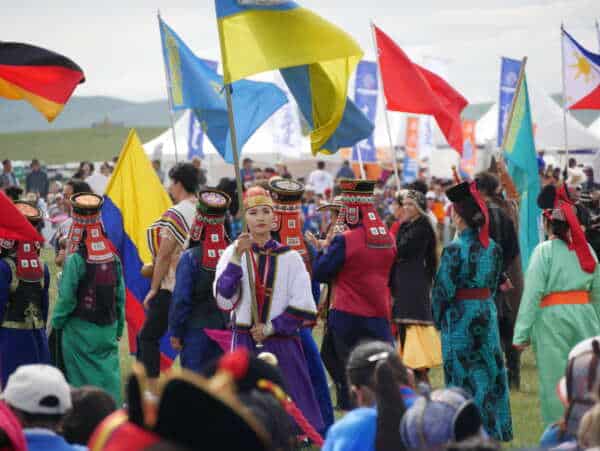
At this event, the Second Biennial Cambridge Mongolia Forum titled “World Problem, Nomad Solution” took place in Ulaanbaatar (National University of Mongolia) to promote dialogue on how nomadic heritage can be preserved and promoted to offer innovative and relevant solutions to today’s global challenges, such as climate change and conflicts.
For Mongolia, the recent rediscovery and transformation of its cultural identity represents a source of great pride. This “renaissance”—a term coined after the fall of the socialist system, with its current interpretation seemingly more oriented towards celebrating the glories of the past rather than looking to the future—is clearly reflected in the creation of the National Chinggis Khaan Museum, along with other new museums and cultural centers nationwide, and in the Nomads World Cultural Festival, thus reinforcing Mongolia’s role as a global reference point for nomadic culture.
Despite the challenges, nomadism in Mongolia remains a fundamental pillar of culture and economy, providing sustenance and identity for a significant part of the population. Many Mongols are still connected to pastoral nomadism, but one of the most notable advancements has been in literacy, with greater access to education. This has made nomads more aware and involved in political life, contributing to greater inclusion in elections. However, modernization and urbanization are rapidly transforming their lifestyle, creating tensions between the preservation of traditions and inevitable change.
Leonardo Porcelloni and Tsetsegbaatar Chuluunbaatar
The photographs were taken by the author, Leonardo Porcelloni, during his stay in Mongolia in the summer of 2024. The opening photograph depicts a local family organizing camel excursions across the dunes of the Mini Gobi, Elsen Tasarkhai.

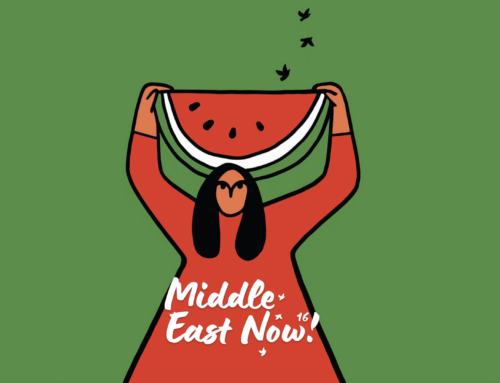

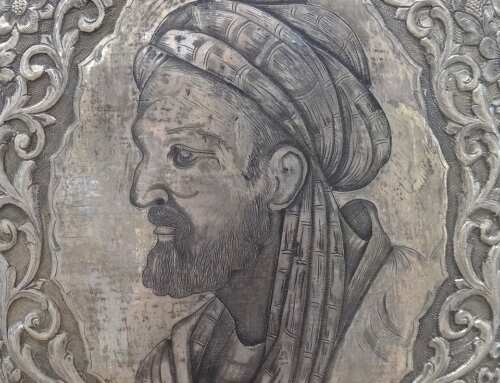
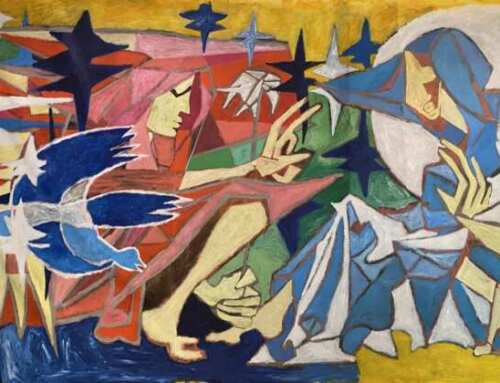
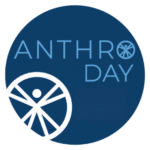




Rivista di Antropologia Culturale, Etnografia e Sociologia dal 2011 – Appunti critici & costruttivi